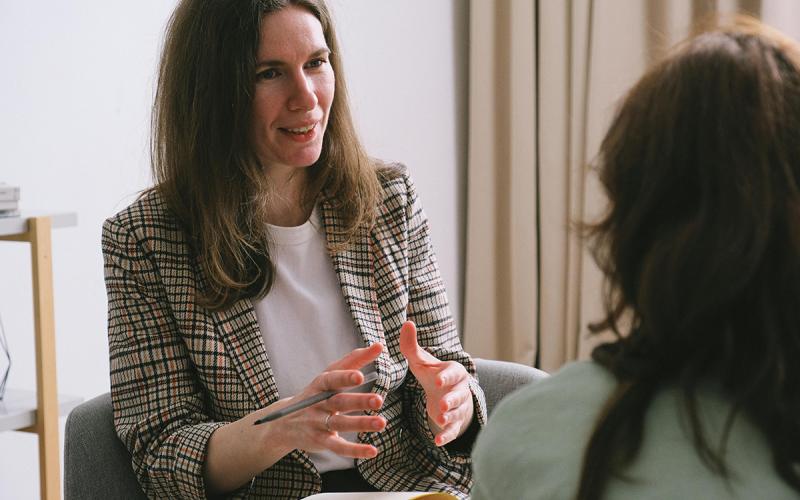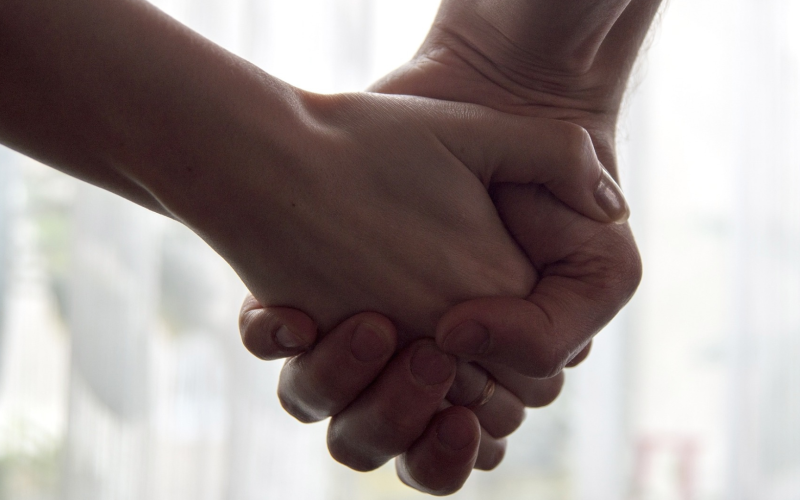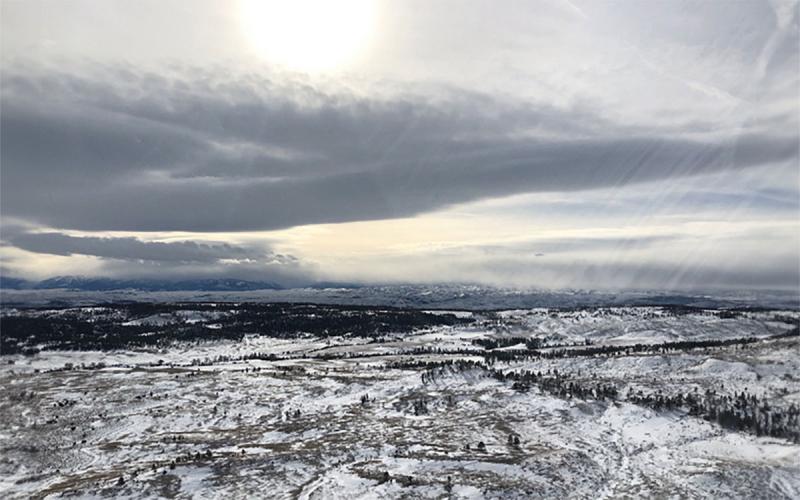
As winter sweeps across Northern regions, the drop in temperature and the shrinking daylight can be a challenge for both body and mind. In places like South Dakota and other northern climates, residents have long adapted to these conditions, not only through practical changes in their daily routines, but also through essential social connections. These adaptations help combat isolation, maintain mental well-being, and foster strong communities during some of the most challenging months of the year.
People living in Northern climates have historically embraced a variety of social strategies to help them weather the long winters. From Scandinavian "hygge" (Meaning: A quality of coziness and comfortable conviviality that engenders a feeling of contentment or well-being ) to Inuit "qaujimajatuqangit" (Meaning: Inuit societal values that guide all aspects of social living), cultures emphasize the importance of togetherness, comfort, and resilience. Many Northern communities intentionally prioritize social gatherings and activities during the cold season. These events help create a sense of warmth, both physically and emotionally, when it can be easy to retreat into isolation.
In South Dakota, residents can take a page from these practices. Even when the days become short, many find ways to stay connected. Small gatherings, potluck dinners, and community events become essential ways to break the monotony of long, dark evenings. Schools, libraries, and churches often offer winter-specific programs aimed at fostering connection. For rural communities, where isolation may already be a concern, these gatherings are not only enjoyable, they are a lifeline for mental health.
The Fight Against Seasonal Depression
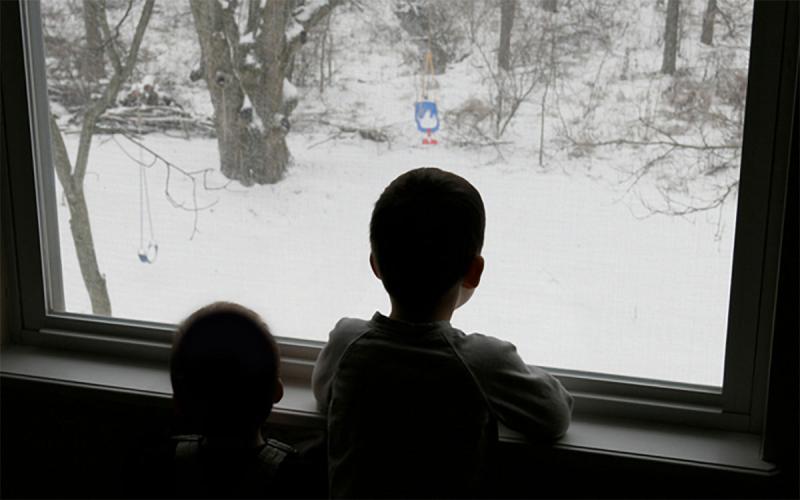
Seasonal affective disorder (or SAD), a type of depression related to changes in seasons, is a real concern in Northern climates. When the sun rises late and sets early, many people experience dips in energy, mood, and motivation. Lack of sunlight disrupts the body's internal clock and can lower serotonin levels, both of which affect mood.
However, many Northern cultures have developed ways to counteract this. Vitamin D supplements and outdoor winter activities help fight the effects of seasonal depression. In places like Norway and Sweden, people are encouraged to embrace the outdoors, even during the harsh winter months. Instead of viewing winter as something to survive, they approach it with the mindset of enjoyment, whether that means skiing, ice skating, or simply walking in the snow.
South Dakotans can similarly benefit from these approaches. The key is making winter something to look forward to rather than something to dread. Participating in winter sports, organizing a winter hiking group, or attending local outdoor events can help mitigate feelings of isolation and SAD. Keeping physically active and getting as much natural light as possible, even on cloudy days, can also help. Another important strategy is maintaining routines—continuing social engagements and physical activity can make the winter feel shorter and more bearable.
The Importance of Community
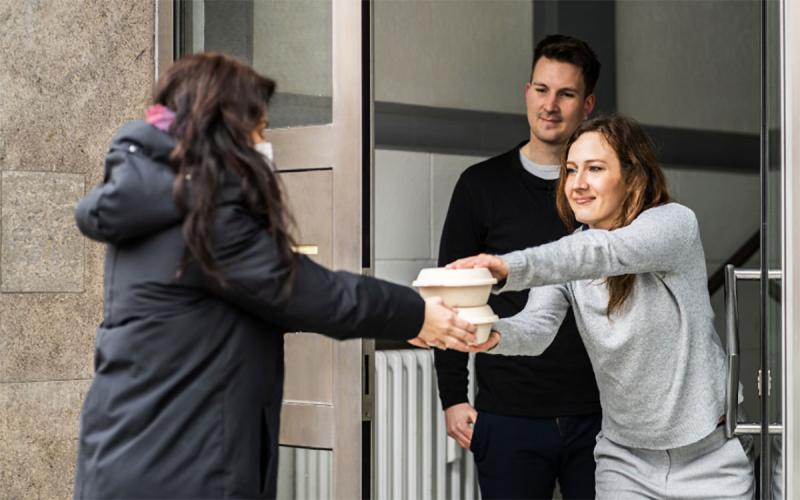
One of the most powerful antidotes to winter isolation and seasonal depression is community. When the temperatures drop and the snow piles up, knowing you have a network of people who care about you is crucial. Communities can help one another by organizing regular events, checking in on neighbors, or even just gathering for casual coffee meetups.
In places like South Dakota, where winters can be long and harsh, rural communities have long recognized the need for these social bonds. Neighbors help each other dig out from snowstorms, gather for church suppers, and attend town hall meetings. Schools and other community hubs are particularly important, offering after-school programs or weekend activities that encourage people to come together despite the cold. Even a simple gathering to watch a football game or exchange holiday cookies can make a world of difference when it feels like the night stretches on forever.
Strength in Togetherness
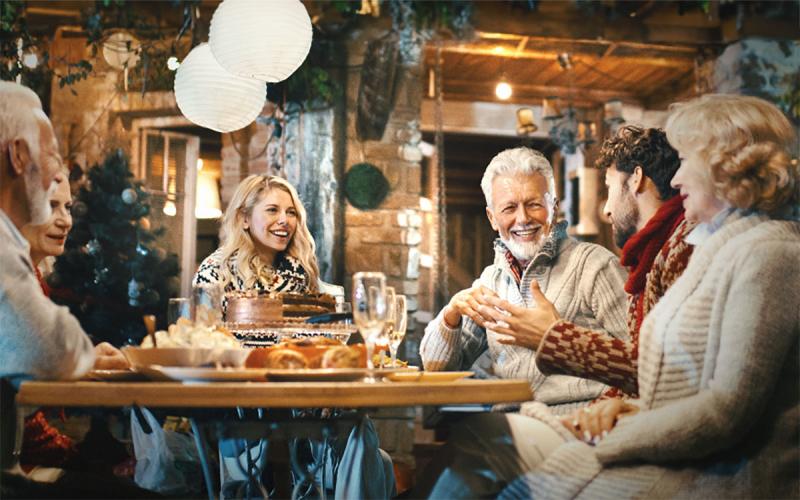
In the Northern regions, winter is a force that demands respect. However, it is not only the cold and dark that shape these communities—it is how they respond to it. Through social gatherings, outdoor activities, and a focus on mental health, Northern cultures thrive during the winter months.
Consider too, how could doing one thing have a ripple effect? Perhaps it’s baking something. Picture this:
In the winter, the oven running helps make the home feel cozier, and better yet, your home now smells like something wonderful baking in the oven. You feel a sense of accomplishment from making something yourself instead of store-bought products. Then maybe you take some of what you made to your neighbor, it feels good to share with others and makes them feel remembered and valued.
One activity has now spiraled into four or five positive side effects for both you and someone else. This situation is made possible by the winter—no one is looking to make their home “cozier” in July!
For South Dakotans, when the days grow short and the nights grow long, it is often the strength that comes from community that keeps isolation at bay. Whether it's sharing a meal, enjoying the outdoors, or simply staying in touch, winter is an opportunity to foster connections and build resilience, ensuring that no one has to face the cold months alone.
Consider, reaching out specifically to new people in your community. Moving somewhere new is hard enough, and no one wants to add winter to feelings of loneliness! And while you’re at it, share the SDSU Extension Newcomers Survey with them!
